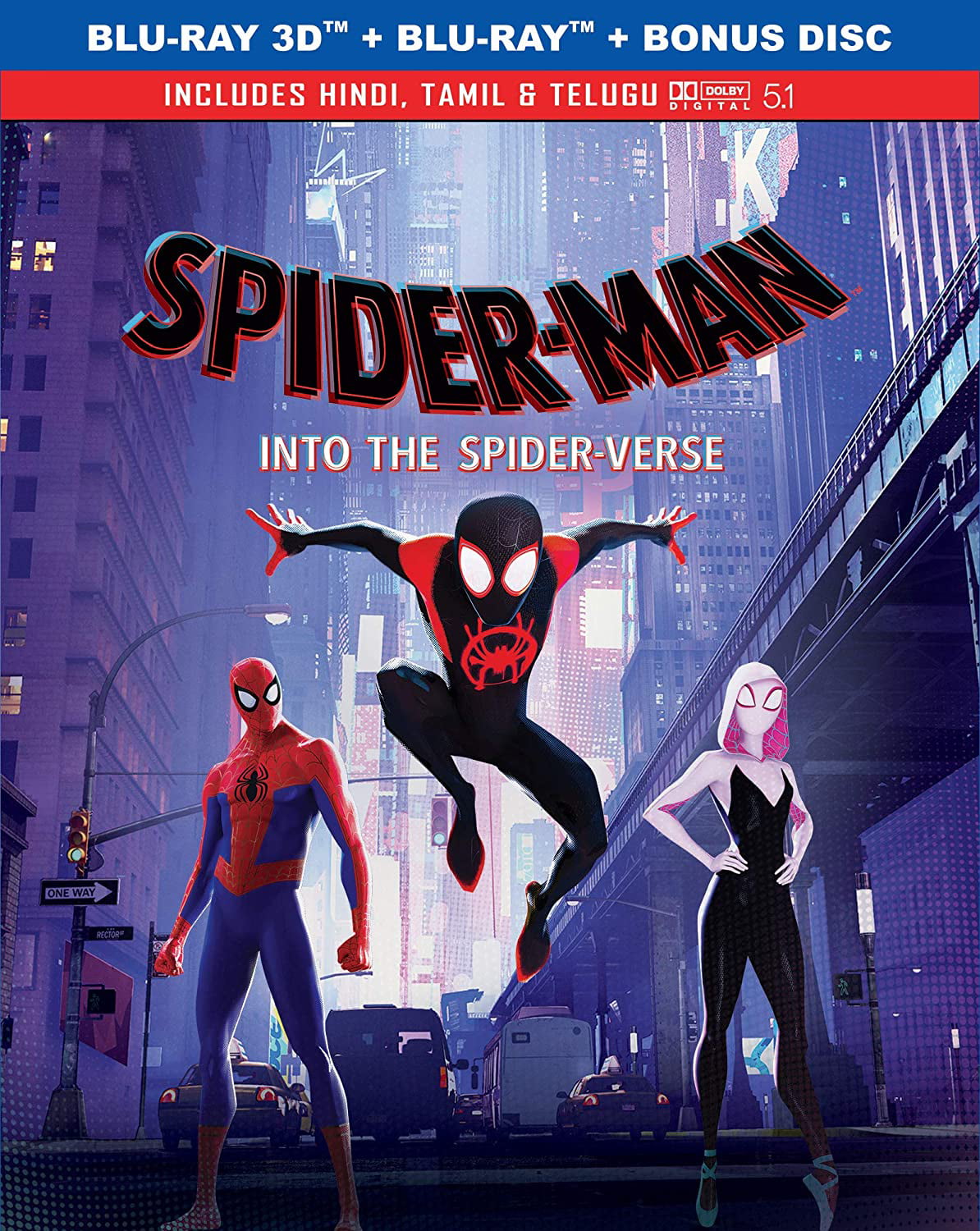

Those different worlds cannot interact once they branch away from one another, quite unlike the free-flowing movement of Spider-Man multiverse. When in the 1950s, the American physicist Hugh Everett proposed a “ many-worlds interpretation” of quantum mechanics, holding that there are many worlds that exist in parallel at the same space and time as our own, he included one key caveat. So, physicists accept parallel universes, sure, but even in the wildly theoretical world described by string theory, there are rules - and Into the Spider-Verse breaks a big one. a professor of physics and string theory reseracher, says that “the idea of parallel universes is probably more prominent in Marvel comics than it ever has been in string theory,” though admittedly many ideas in physics “rely on the idea of parallel universes or something like them.” Princeton University’s Steven Gubser, Ph.D.

"The idea of parallel universes is probably more prominent in Marvel comics than it ever has been in string theory. If there is a multiverse, including multiple universes in addition to our own, those 10+ dimensions must exist. We are acquainted with four dimensions: height, width, depth, and time. String theory posits that all the elements of fundamental physics consist of one-dimensional strings, and there are at least 10 physical dimensions. Parallel universes and wormholes show up in Einstein’s theory of relativity, explains Taylor, but his theory “captures only classical gravity, not quantum effects.” To build a real-life case for parallel universes, you need quantum physics and string theory, which would “ultimately be the tool to explore whether parallel universes can exist and be connected.” Various spider-people from the Multiverse. Marika Taylor, Ph.D., head of applied mathematics and theoretical physicists at the University of Southhampton, tells Inverse that Einstein is a good place to start if Miles wants to understand parallel universes, but he (and audiences) should brush up on their string theory if they really want to make sense of these colliding worlds.

Upon meeting the second Parker, Miles quickly puts together that he came from a parallel universe - mostly because he had just been studying Albert Einstein’s theory of general relativity at school.
INDEX OF SPIDER MAN INTO THE SPIDER VERSE CRACK
When the villain Kingpin, who wants to access parallel universes to find alternative versions of his family, builds a particle accelerator to crack open reality, the spider-people from parallel universes are pulled into Earth-1610 - including the spider-pig Peter Porker, Spider-Gwen, and the jaded, slightly heavier Peter B. This is the universe of Peter Parker and Miles Morales, both of whom have Spider-Man powers. Stan Lee’s original Peter Parker exists in the Earth-616 universe, but Into the Spider-Verse, released Friday, predominantly deals with Earth-1610. Physicists tell Inverse that Marvel got at least a few things right.īelow are some spoilers for Into the Spider-Verse. In Spider-Man: Into the Spider-Verse, the newest iteration of the radioactive-spider-fueled tale, various spider-people are brought together by a concept rooted in science but embellished in science fiction: parallel universes. In the Marvel Comics multiverse, not all Peter Parkers are the same or even named Peter Parker.


 0 kommentar(er)
0 kommentar(er)
